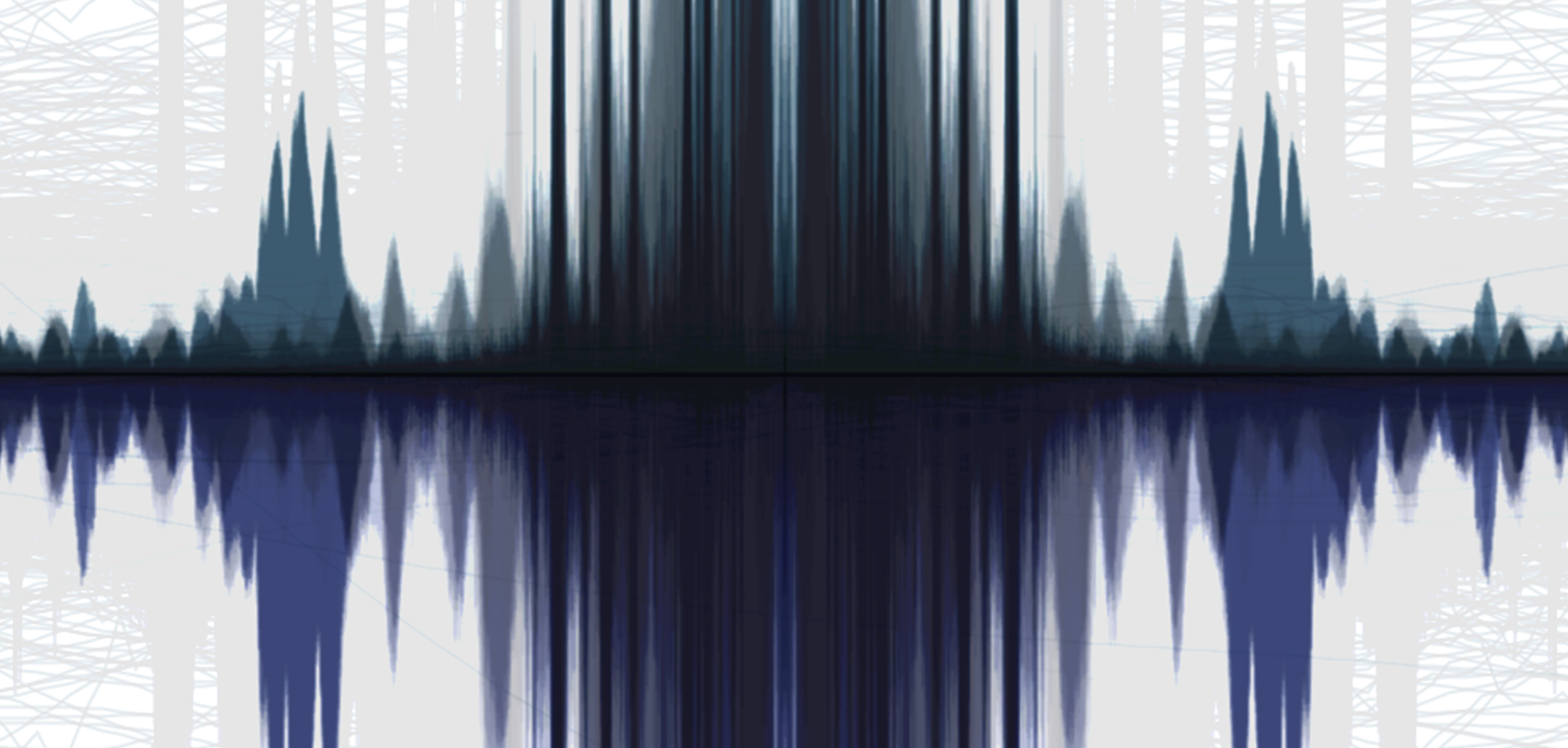
Archive & Unarchive
Brief
Explore archives and unarchiving processes
Produce or unpack an archive
Present the archive via print or animation
The project revolved around exploring different types of archives,
archival processes and ways of creating or presenting archives. I
was really excited to work on this one as I had a lot of my own
archives of music I've been making over the years which could serve
as a data source to drive visuals using programming languages to
unpack the audio data and turn it into a visualisation.
Having produced music for a number of years I have ended up with
very many songs which are just sitting around and not doing much. I
thought this would be a unique and interesting interpretation of how
to use an archive in my graphic design practice, and would be a
great challenge to try to interpret the songs in a way which
graphically reflected their sonic characteristics.
I used Processing, a programming language which allows the user to
create customised graphics built using code rather than traditional
graphics software which is based around pre-built filters and
components.
Using audio analysis I was able to turn the audio into a data stream
which could be used to modify different parameters of the geometries
I had made.
The idea was to produce a varied range of audio-visual concepts
which could take different forms such as projections, digital
imagery, interactive programs, zines and other print media as a way
of approaching audio in terms of a visual entity which can be viewed
as well as listened to.
Processes
Audio Analysis
Creative coding
Geometric programming
Object oriented programming
Data extraction and parsing
Conceptual reinterpretation
Print processes
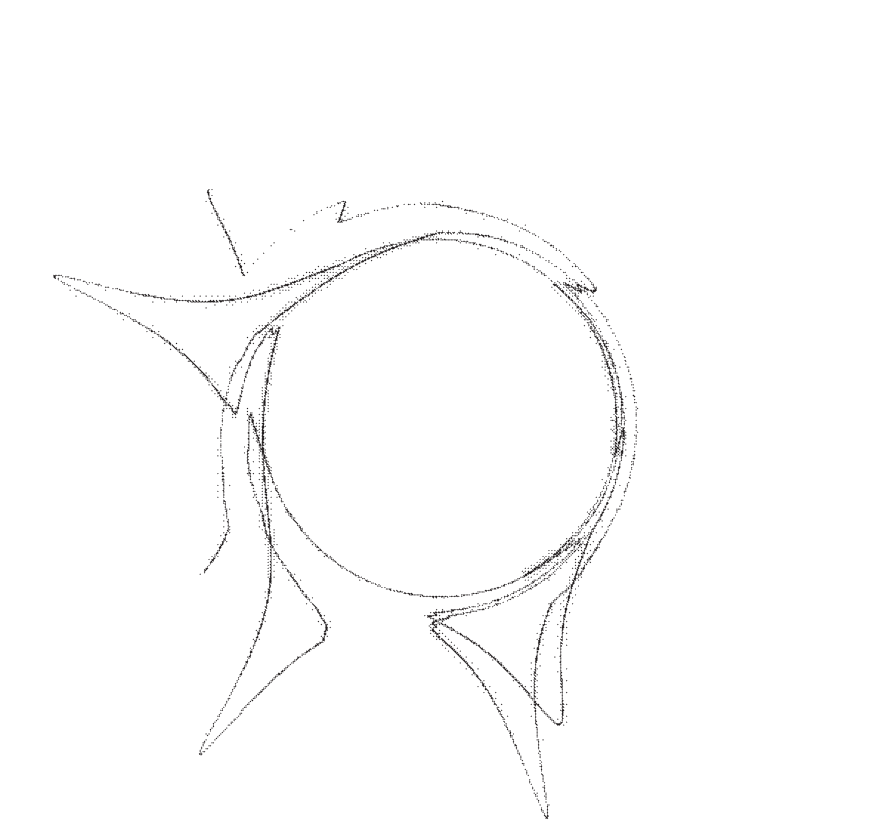
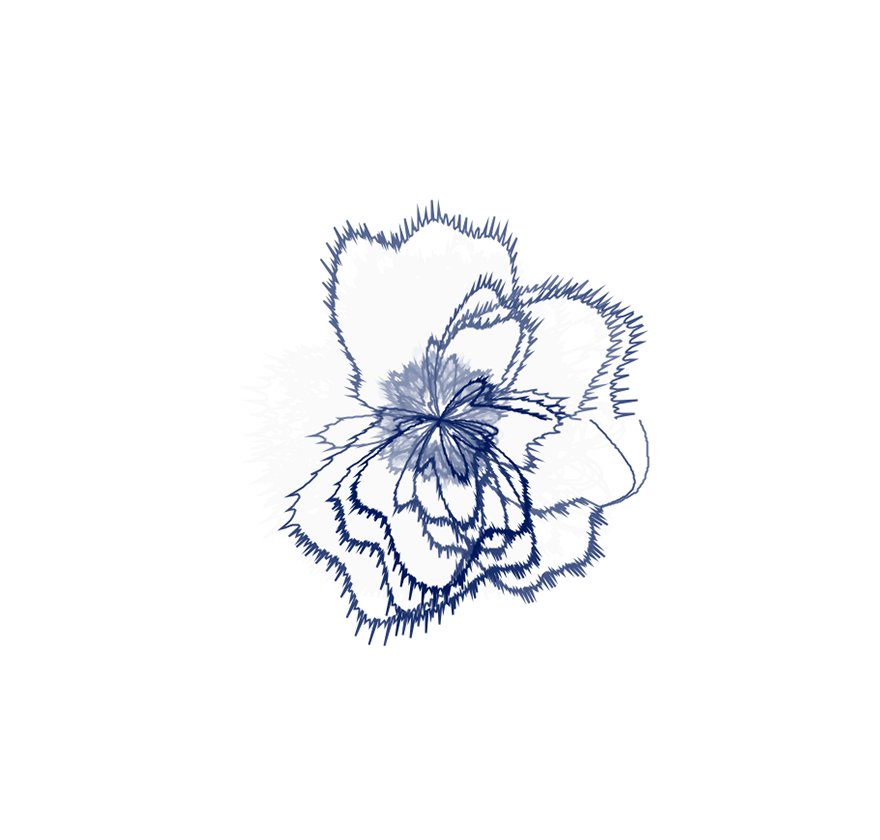
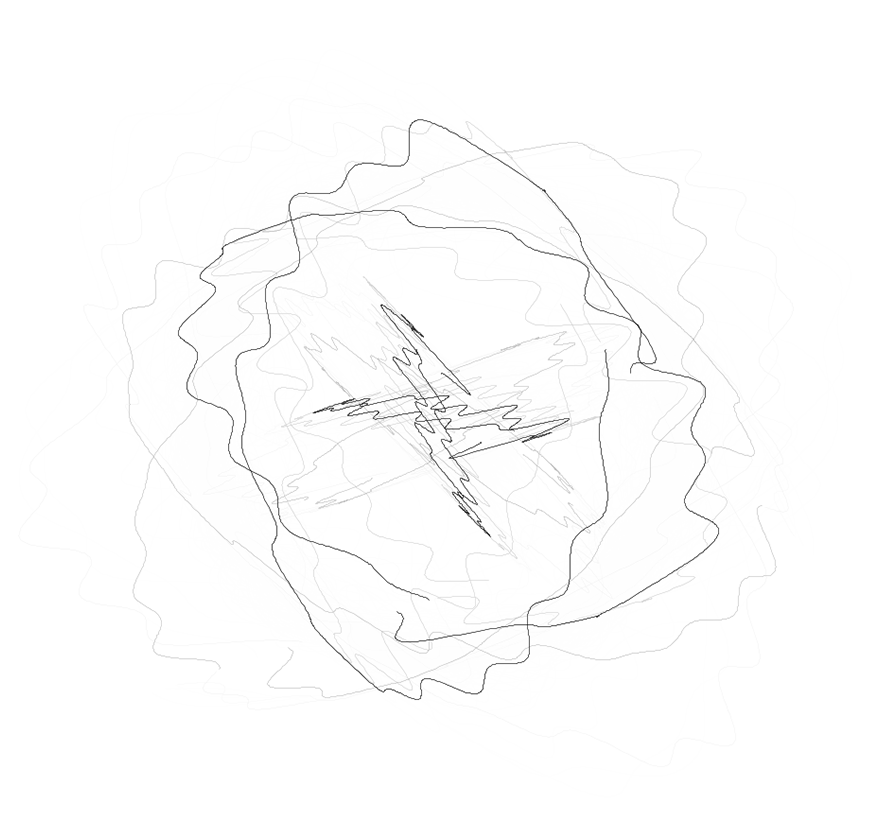
Here I have used parametric equations as a basis for the audio data
to interact with. Geometries are set and then vertexes are mapped to
data data streams allowing the forms to twist into different shapes.
Below I have created a colour data table where audio data sets
colour and alpha transparency, as the song progresses more colour
data accumlates creating this densely populated shape which is very
difficult to create by conventional means.
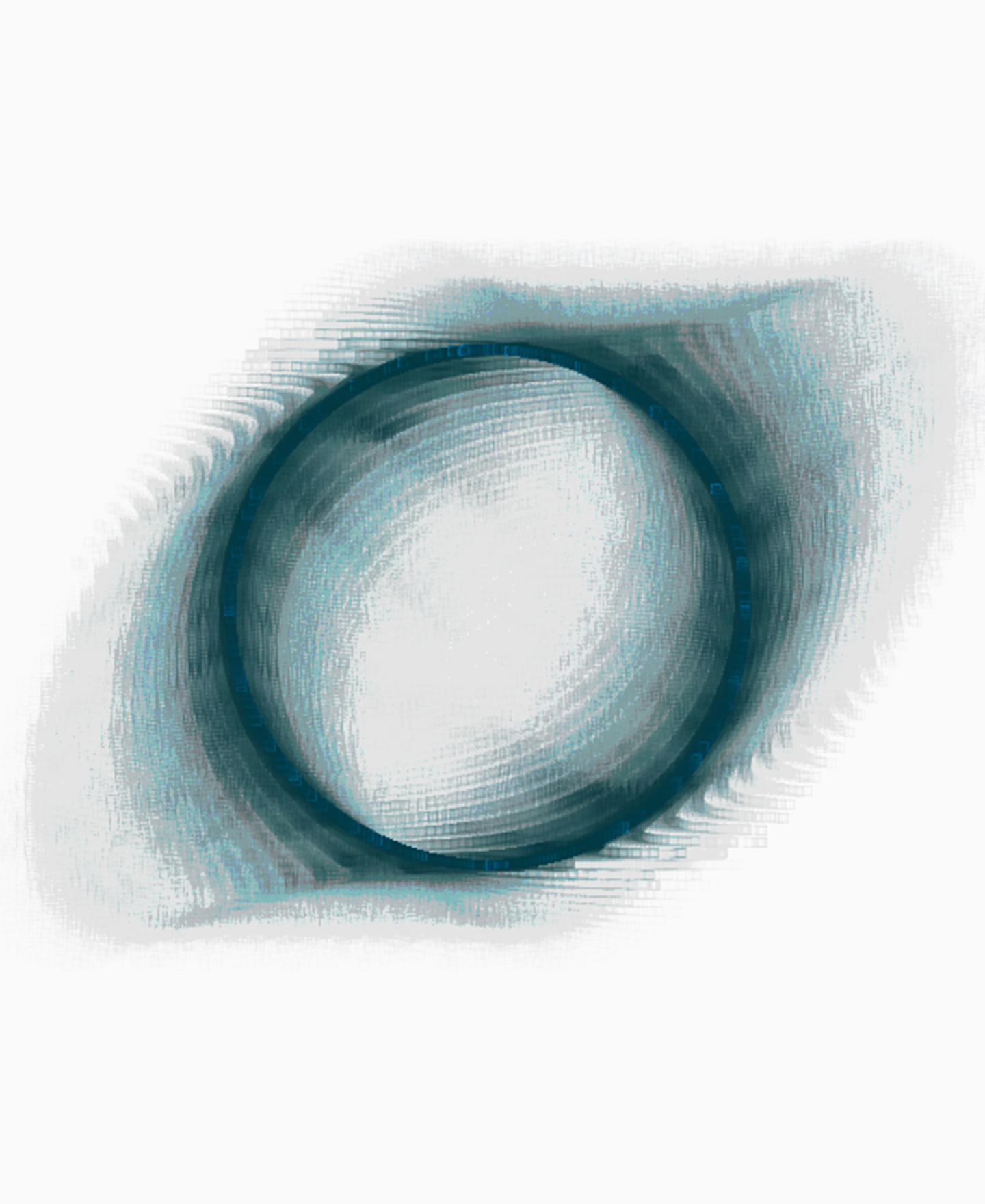
By using particle systems I formed a basis for understanding how to use Perlin noise in my work which allows for a specific type of randomisation within the systems I'm using. Using Perlin noise allows for random numbers to be related and allows us to create shapes like these where there are much more closely tied patterns to the shapes.
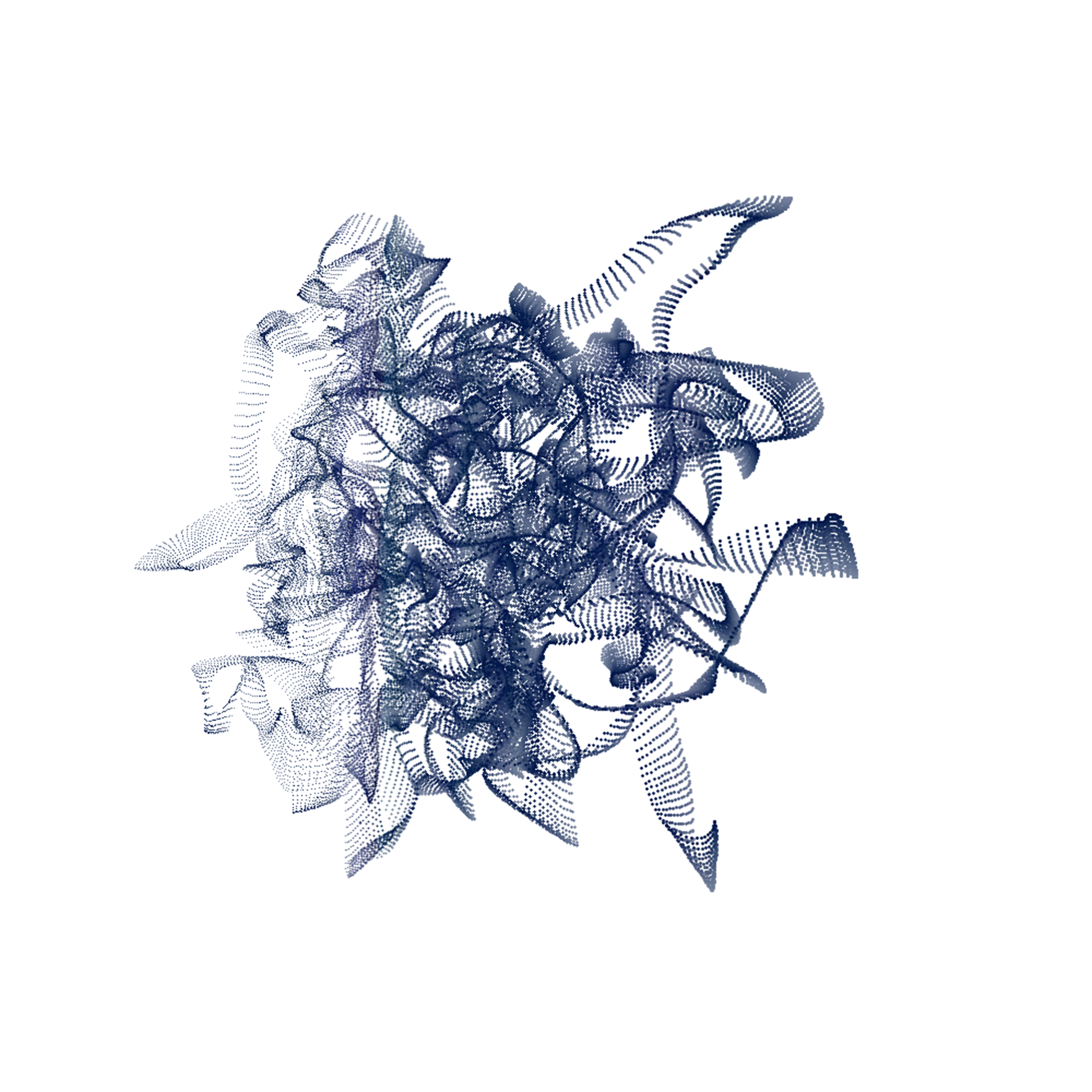
From here I started to develop my use of Perlin noise in other applications and used it to create these distortion grids below. The original image is made uip of several placed procedural elements which are then randomised using Perlin noise creating these types of warping.
You can see below to the right also is a combination of different audio analysis techniques.
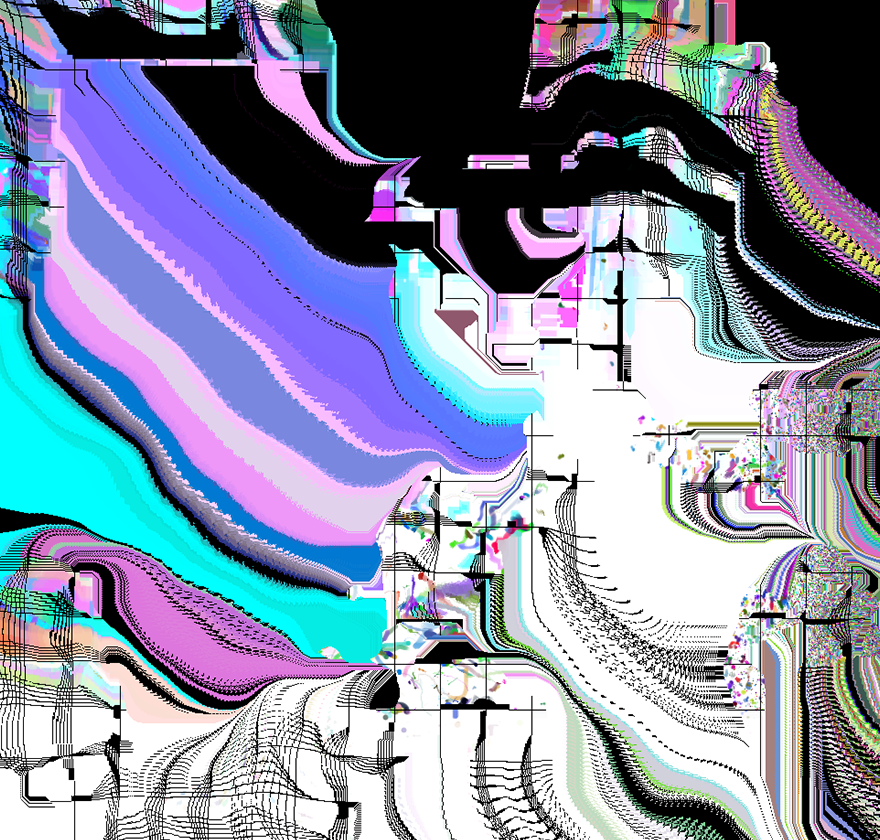
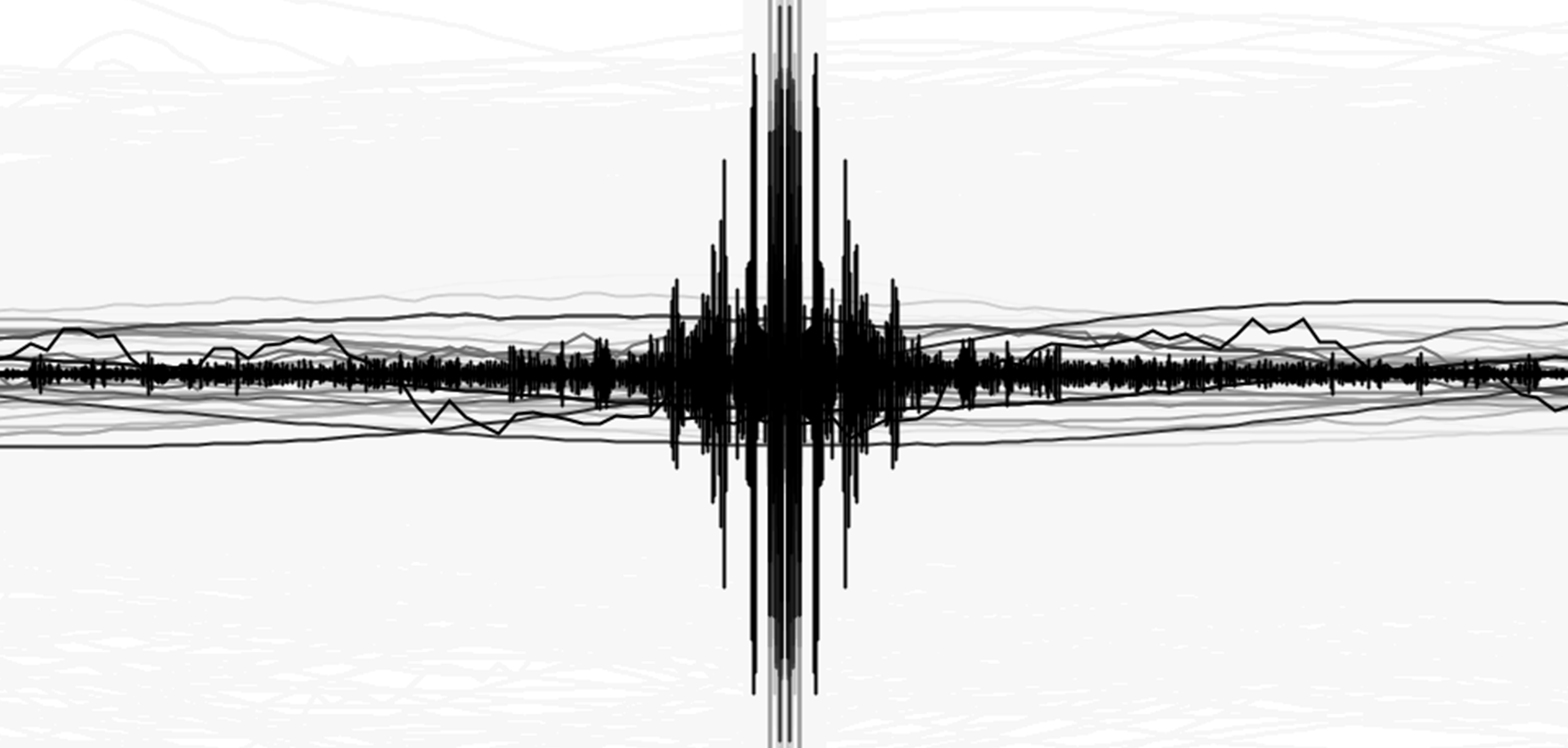
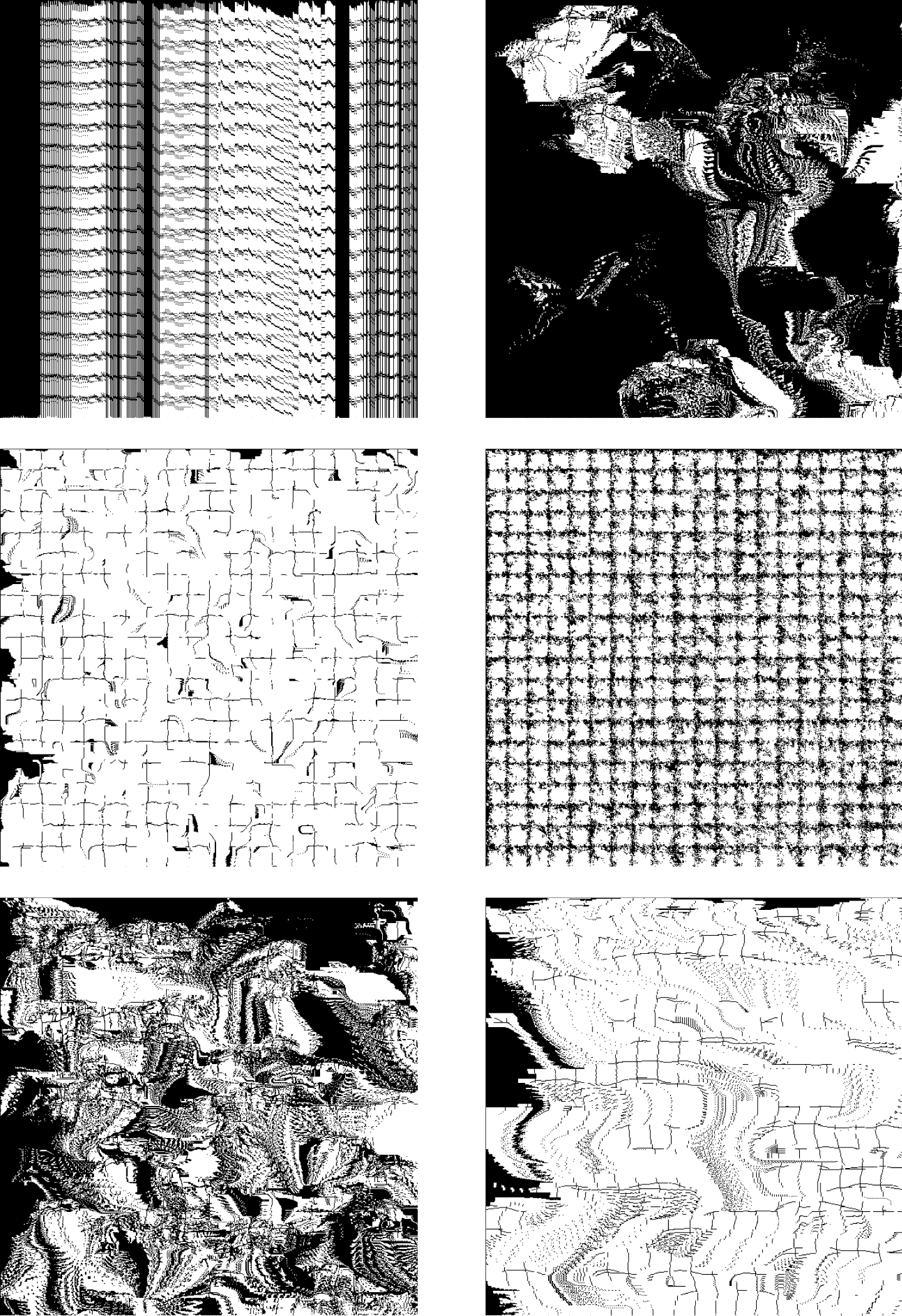
Get In Touch
james.mDesign@gmail.com
07598518173
About
I do graphic design, creative coding, UX design, art and music.
I believe in open and collaborative design practices.